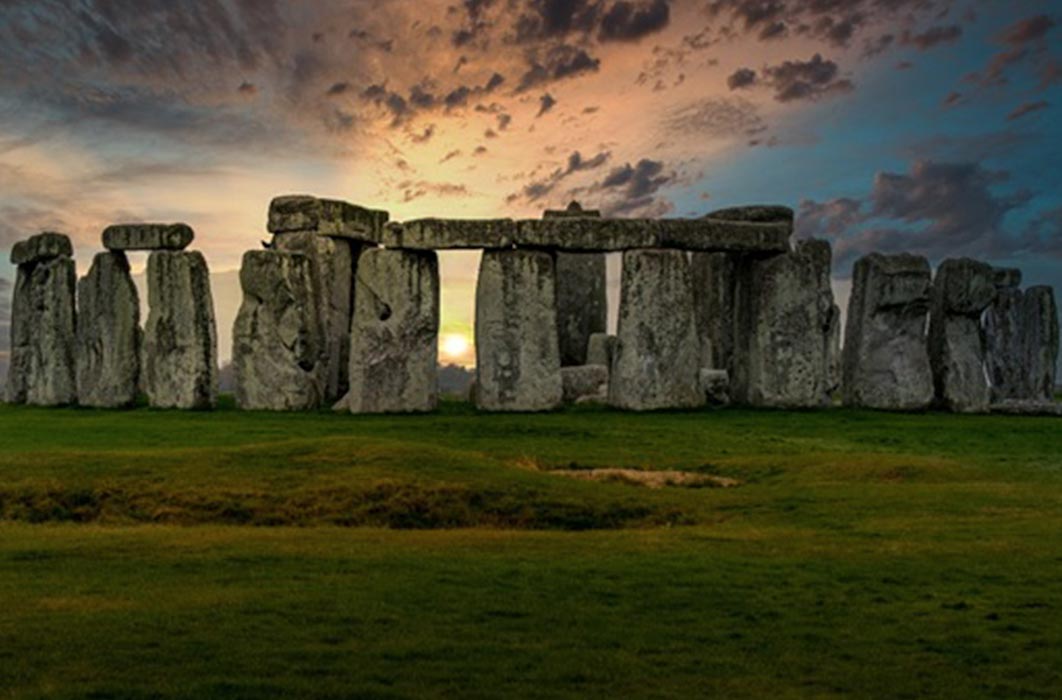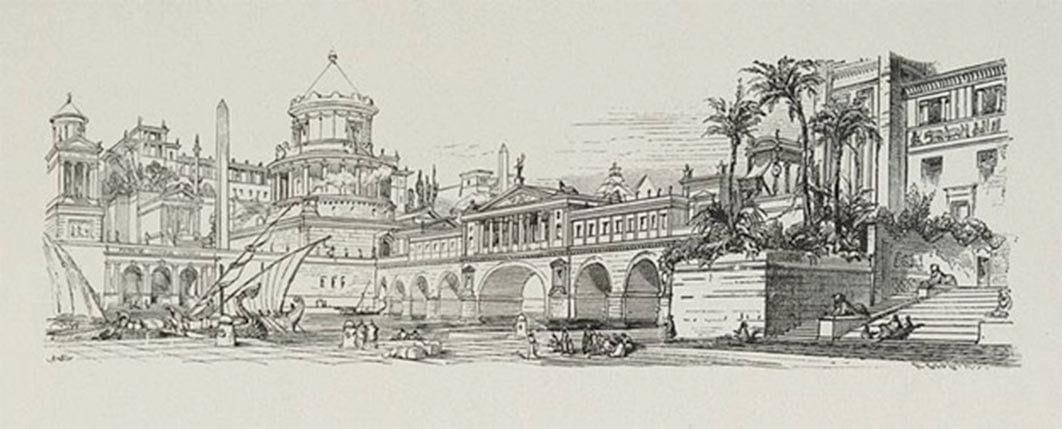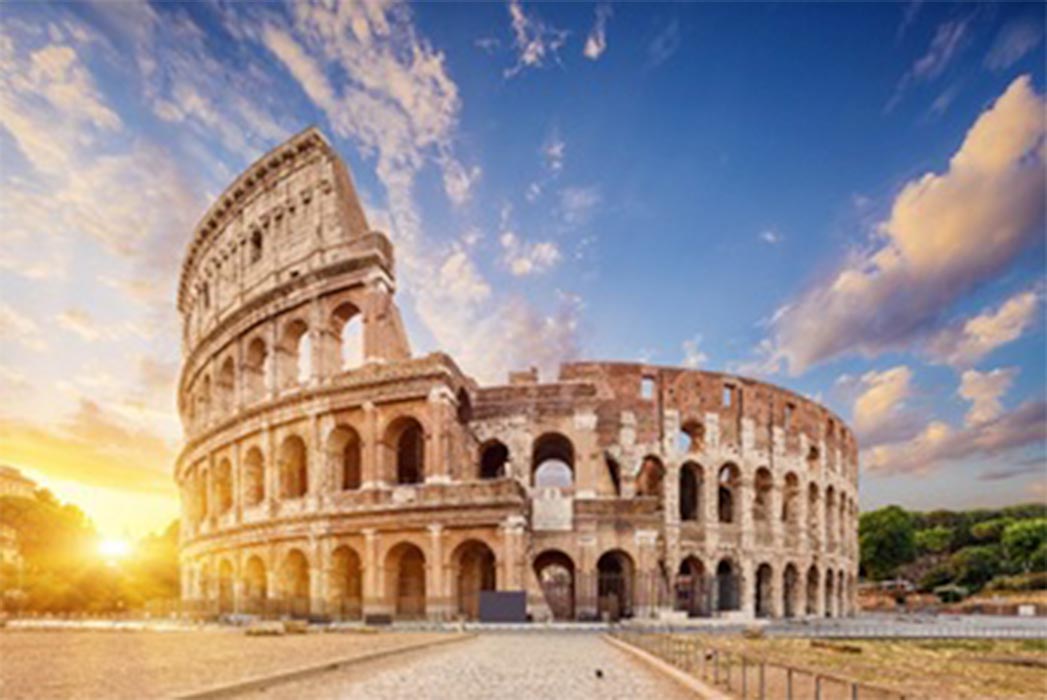
Magical Landscapes: Monuments, Memories and Memorials
All over the world, historical records and local memory keep places alive with meaning even when the physical reminders of that meaning have been obliterated. This happens with both religious and secular monuments, and even with fictional events that never took place.
Memories Personality Monuments
"Back in the 1980s, on my first visit to Stuttgart, Germany, the man I was staying with took me walking with his dog in the local park. As we entered it, he pointed out an ordinary-looking patch of grass where, I was told, a Nazi monument had once been. It no longer existed, he said, because it had been blown up in 1945 by the French army of occupation. By telling me, a visitor who had no idea that such a thing had ever existed there, he was actually maintaining the monument’s purpose in a virtual form. Shortly afterward I met a woman who had just attended a Roman Catholic pilgrimage in Ipswich. She told me that each year local Catholics march in a procession to a shoe shop, where they stand in the street praying and singing hymns. The reason for this is that the shop occupies the ground where, in Medieval days, stood a most holy shrine of Our Lady, the Virgin Mary, which had been destroyed in 1536".

Alexandria in ancient times from ‘Travelers in the Middle East Archive’ (TIMEA) Original source: "Egypt: Descriptive, Historical, and Picturesque." by Georg Ebers (1878) (CC BY-SA 2.5)
Personality Monuments
ost of the intact monuments currently present in the everyday world are examples of the objectification of a place in the service of politics. The most grandiose instances of this are the cities founded to glorify individuals and bearing their names. This is not new: Alexandria is named after the Macedonian king Alexander the Great. In France and America, Saarlouis and Washington commemorate the founders of different 'new orders'—being named after the French king Louis XIV and the first president of the United States, George Washington. Renaming does not work in quite the same way, as can be seen with the fates of Leningrad, Stalingrad, Cape Kennedy, and Karl-Marx-Stadt, all restored to their earlier names less than a century after they got new names in honor of political figures. The older names remained in memory and culture, even when the authorities prohibited people from using them. And, paradoxically, the new names, once removed, are still remembered.

The Colosseum or Flavian Amphitheatre, Rome, Italy. (phant/ Adobe Stock)
The monuments of a demagogue are obliterated by his successors once his rule has ended. Shortly after the emperor Nero died in the year 68 AD, every monument and building he had constructed in Rome was demolished. The colossal gilded bronze statue Nero had set up to his own glory was taken down, the head cut off, and a new idealized head of the god Apollo set on it. Moved to stand by the Flavian Amphitheatre, the colossus gave the arena its common name, the Colosseum. Rebellions against tyrannical regimes frequently vent themselves on monuments.

Place Vendôme, Paris (CC BY-SA 2.0)




